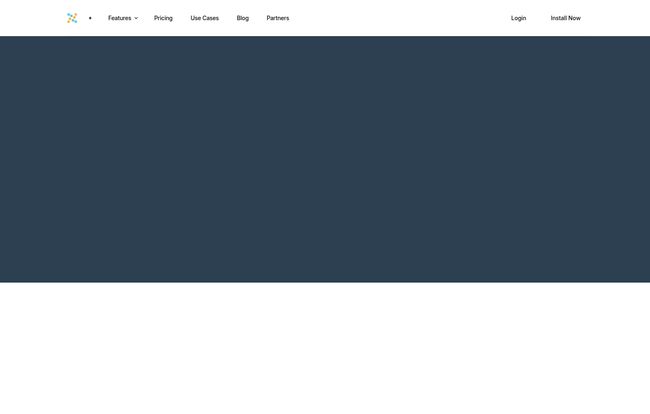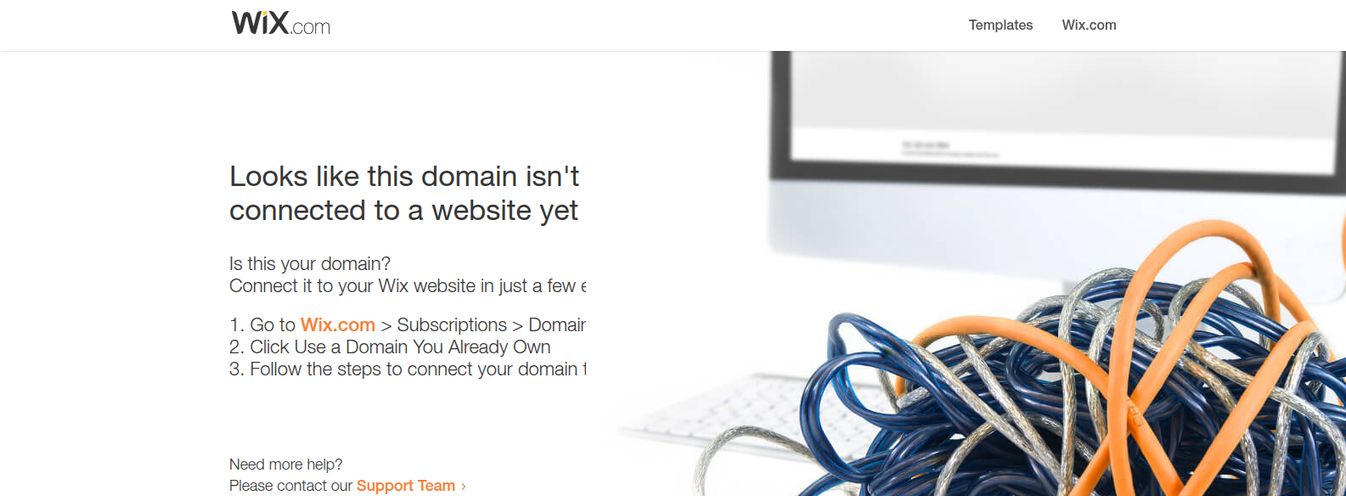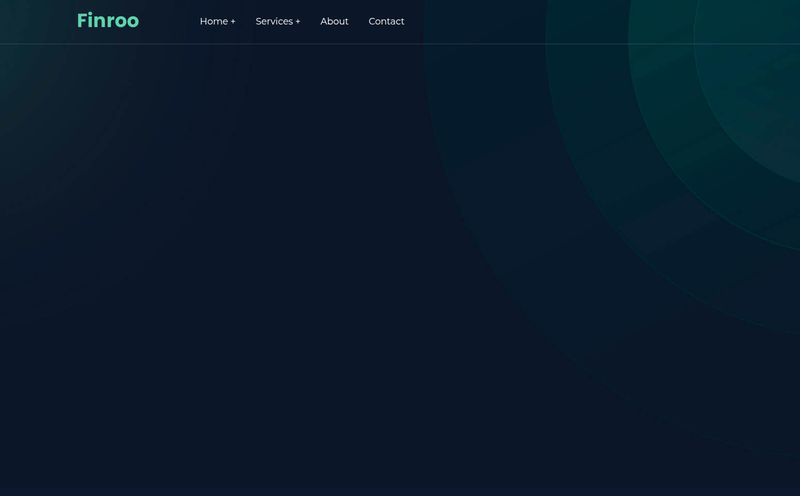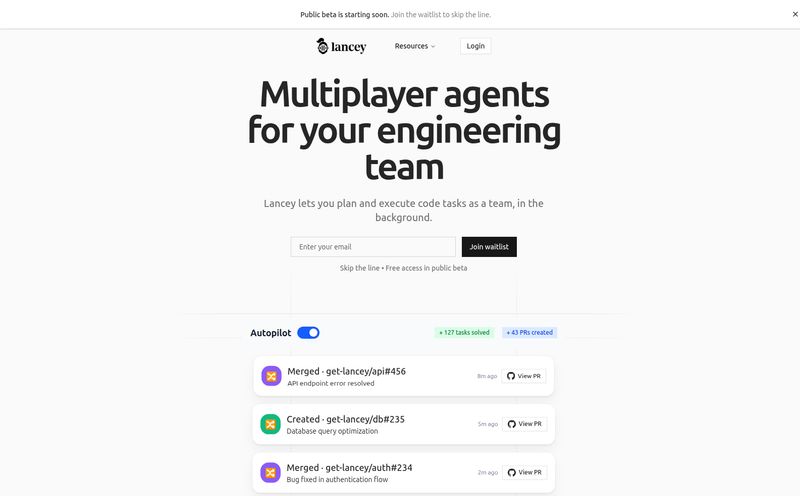Let’s have a little chat. Just you and me, fellow e-commerce warrior. Have you ever felt that cold sweat, that heart-dropping-into-your-stomach feeling when you realize your best-selling product just went out of stock? Right in the middle of a promo you’ve spent weeks planning? Yeah. Me too. Or maybe it’s the opposite problem—you’re staring at shelves (physical or virtual) piled high with a product that just… sits there. Collecting dust. Tying up your cash like a stubborn anchor.
For years, we’ve been told the solution is a complex web of spreadsheets. VLOOKUPs that could make a grown person weep, pivot tables that pivot right into insanity, and endless manual data entry. It’s a rite of passage for Shopify store owners, but it’s one I’m frankly sick of. It's 2024. Our phones can recognize our faces, but we're still guessing how many units of that quirky cat-themed mug we need to order for the holidays?
It’s why my ears perk up whenever I hear about a tool that promises to take on this beast. Recently, I’ve been kicking the tires on a Shopify app called Assisty, and I’ve got some thoughts. A lot of thoughts, actually.
So, What is Assisty, Really?
On the surface, Assisty calls itself a “Shopify inventory replenishment optimization tool.” Okay, that’s a mouthful. Let’s translate that from marketing-speak into human. At its core, Assisty is designed to stop you from guessing. It connects to your Shopify store and acts like a super-smart inventory manager who’s had way too much coffee and is obsessed with data. Its main goal is to help you order the right amount of stock at the right time. No more stockouts, no more overstock. The Goldilocks of inventory, if you will.
It’s not just another inventory counter. Shopify does that already. This is about forecasting, about looking ahead. It's the difference between knowing you have 10 apples and knowing you need to buy 15 more next Tuesday because you’re about to have a bunch of hungry guests over. See the difference?
The Features That Actually Matter
Any app can throw a long list of features on its homepage. But as someone who’s seen it all, I only care about the stuff that actually saves me time or makes me more money. Here’s what stood out to me in Assisty.
AI-Powered Demand Forecasting: The Crystal Ball We've All Wanted
This is the main event. The reason we’re all here. Assisty uses AI and machine learning to predict how much of a product you’re going to sell. It looks at your sales history, seasonality, current trends, and probably the moon's phase for all I know. The point is, it’s a massive step up from the old “well, we sold 100 last October, so let’s order 110 this year and hope for the best” method. This is especially huge if you have products with spiky demand or if you're running more ads and seeing unpredictable growth.
Multi-Location Tracking Without Losing Your Mind
If you're just starting out with inventory in your garage, this might not seem like a big deal. But the moment you expand to a 3PL, a second warehouse, or even a small retail space, things get messy. Fast. Trying to track stock levels across different locations in a spreadsheet is a special kind of nightmare. Assisty pulls it all into one place, so you know exactly what you have and where it is. This is a sanity-saver for any brand that's scaling up.

Visit Assisty
Reporting That Doesn't Require a Data Science Degree
I love data, but I hate reports that are impossible to read. Assisty gives you customizable dashboards where you can see your key metrics at a glance. What’s your best-performing product? What’s your worst? How quickly are you selling through your current inventory (your sell-through rate)? It also creates reorder suggestion reports. Instead of you having to figure it out, it just tells you: “Hey, you’re running low on the blue widgets. You should probably order 75 more by Friday to be safe.” It's incredibly practical.
Let's Talk Money: Assisty's Pricing Explained
Alright, this is where things get a little… complicated. But stick with me. Assisty’s pricing is tied to your Shopify plan. At first, I was a bit put off by this, but the more I think about it, it kinda makes sense. A store on Shopify Plus has vastly different needs (and data volume) than a store on the Basic plan. The pricing reflects that scaling complexity.
The best part? They have a free plan. And it's not a useless, stripped-down version either. For a small store, the Basic plan could be all you need for a while. Plus, they offer a 14-day free trial on the paid plans and a 30-day money-back guarantee. That's confidence.
| Your Shopify Plan | Assisty Plan | Price per Month | Key Features |
|---|---|---|---|
| Basic Shopify | Basic | $0 | Basic analytics & tracking |
| Professional | $19 | Advanced tracking, demand forecasting | |
| Replenishment Center | $39 | AI/ML forecasting, POs | |
| Shopify | Basic | $0 | Basic analytics & tracking |
| Professional | $39 | Advanced tracking, demand forecasting | |
| Replenishment Center | $79 | AI/ML forecasting, POs | |
| Advanced Shopify | Basic | $0 | Basic analytics & tracking |
| Professional | $59 | Advanced tracking, demand forecasting | |
| Enterprise | $149 | AI/ML forecasting, POs | |
| Shopify Plus | Basic | $0 | Basic analytics & tracking |
| Professional | $99 | Advanced tracking, demand forecasting | |
| Enterprise | $239 | AI/ML forecasting, POs |
Note: This pricing is based on info from their site at the time of writing. Always check the official Assisty pricing page for the most up-to-date details.
The Good, The Bad, and The Realistic
No tool is perfect. Let's get real about what works and what you should be aware of.
What I genuinely like is the focus on prediction. Accurate demand forecasting is the holy grail for any business that holds physical stock, and Assisty puts that power, once reserved for enterprise giants, into the hands of Shopify merchants. The free plan and money-back guarantee also show that they're willing to let the product speak for itself, which I respect.
Now for a few caveats. This isn’t a magic wand you wave over your store and all your problems disappear. It may require some initial setup and a bit of a learning curve to get the dashboards just how you like them. Also, the most powerful features, like the advanced AI/ML forecasting and Purchase Order management, are reserved for the higher-tier plans. That’s pretty standard for SaaS, but it’s something to be aware of. You have to pay to get teh best stuff.
Who Is Assisty Actually For?
So, who should pull the trigger and install this thing? In my opinion, Assisty hits the sweet spot for a specific type of store owner. It's for the brand that has outgrown its spreadsheet. It’s for the business owner who is starting to feel the real financial sting of stockouts and overstock. If you’re managing inventory across more than one location or your sales are becoming too dynamic to predict manually, this is for you. If you’re just starting out dropshipping, you probably don’t need this yet. But if you hold your own inventory and you’re serious about growth, a tool like this quickly moves from a “nice to have” to a “how did I ever live without this.”
My Final Verdict: Should You Give Assisty a Shot?
Look, the world of Shopify apps is a crowded one. There are a million tools all screaming for your attention. But Assisty feels different. It’s not trying to be an all-in-one solution for everything. It’s focused on one of the hardest, most un-glamorous, and most critical parts of e-commerce: inventory management.
My verdict? With a free plan and a 14-day trial, there’s literally no reason not to try it. Install it. Let it run for a couple of weeks. See what its forecasts look like. Compare its reorder suggestions to your own gut feelings. I’m willing to bet that for many of you, it’ll be a massive eye-opener. It might just be the thing that finally lets you escape spreadsheet hell for good.
Frequently Asked Questions
1. What exactly does Assisty do?
Assisty is a Shopify app that helps you manage your inventory more effectively. Its primary function is to forecast future demand using AI so you know how much stock to reorder and when, helping you avoid selling out of popular items or getting stuck with too much inventory.
2. Is Assisty free to use?
Yes, Assisty has a free "Basic" plan that includes custom reports and basic sales and inventory analytics. They also offer more advanced paid plans with a 14-day free trial.
3. Does Assisty work if I have multiple warehouses?
Yes, multi-location inventory tracking is one of its core features. It's designed for brands that are scaling and need to manage stock across different locations, like multiple warehouses or a 3PL partner.
4. Is it hard to set up Assisty?
There's some initial setup involved, mostly in connecting your store and perhaps customizing your reports and dashboards. However, it's designed to be user-friendly for Shopify merchants, not just data experts. They seem to have good support to guide you.
5. What's the difference between Assisty and Shopify's built-in inventory tools?
Shopify’s built-in tools are great for basic tracking—they tell you how many items you have in stock right now. Assisty goes a step further by using historical data and AI to predict future sales, giving you actionable advice on replenishment before you run into problems.
6. Can I trust the AI demand forecasting?
Like any forecast, it's a highly educated guess, not a guarantee. However, a machine-learning model that analyzes multiple data points is almost always going to be more accurate than human guesswork, especially as your business grows and becomes more complex. It gets smarter over time as it gathers more data from your store.
Conclusion
Managing inventory will never be the sexiest part of running a Shopify store, but getting it right is the foundation of a profitable business. Wasting capital on dead stock or losing sales to stockouts can kill a growing brand. Tools like Assisty are leveling the playing field, giving smaller businesses the kind of predictive power that used to cost a fortune. It’s a smart, focused solution to a very real problem, and in my book, that’s always worth a look.



